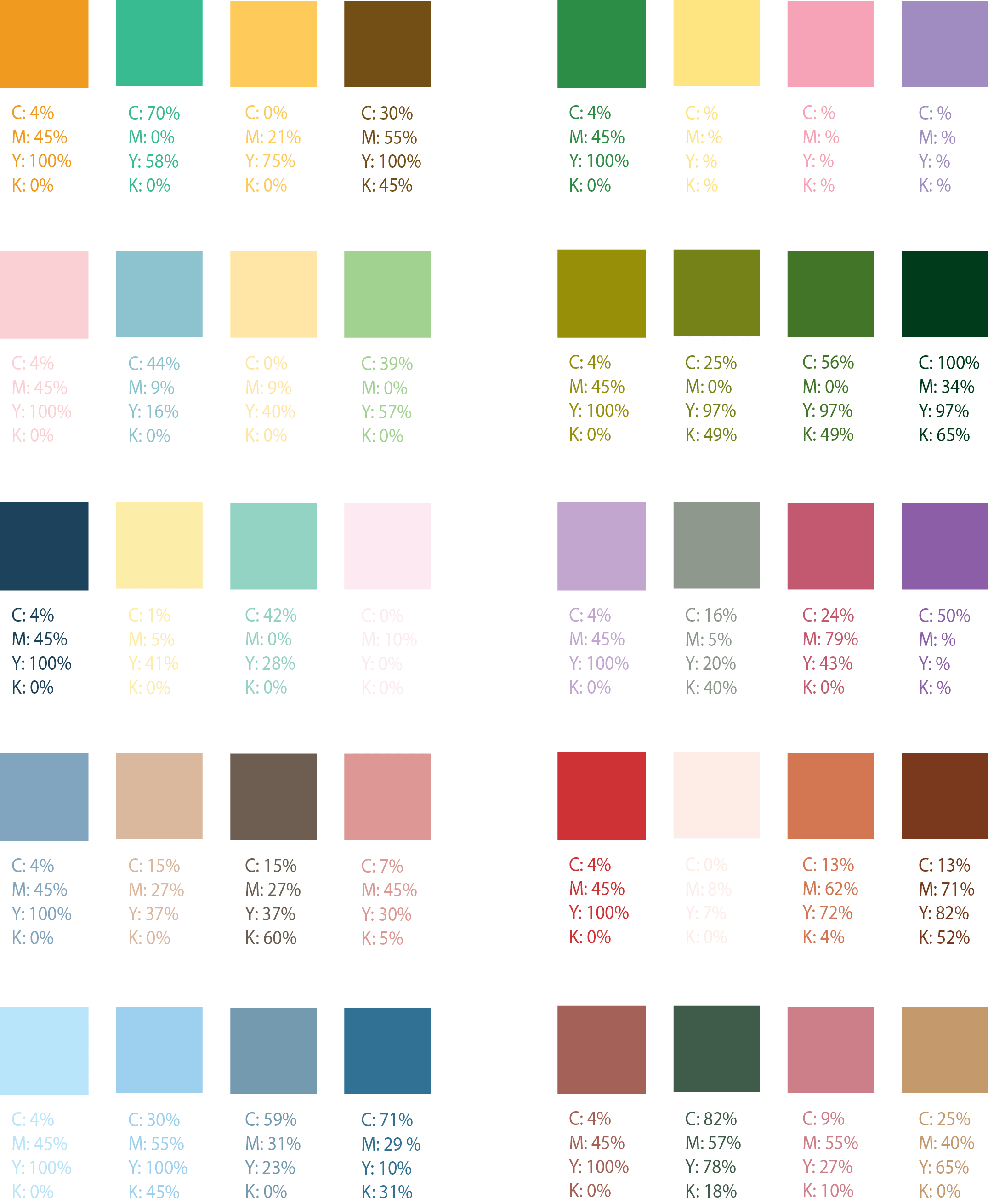By “fluidity of the digital”, Ritchin means that with the advancement of technology, the mechanical age is now being replaced by the development of digital photography. In the mechanical age, there was no such thing as manipulation software. In the digital age, however, according to Ritchin, “the reader, unable to detect the alterations, can be deceived most of all.” Essentially, people become unsure if photographs are reliable when it comes to a method to document public and private events with all the genetic modifications whereas in the past, the photographs often count as historical evidence with reliability. Retouches in the photos can be done to pursue a certain intent, leading the viewer away from what may have been the reality. Ritchin gave an example of this using the Time’s magazine’s manipulation of O.J. Simpson’s mugshot, photographed by the Los Angeles Police Department in 1994. Time’s magazine manipulated his mugshot and lifted it to the level of art, “with no sacrifice to truth”, according to Ritchin. Not only the issues of reality and the altering of history have made the Time’s magazine’s action problematic, but the act of manipulating a photograph with a particular intent beneficial to themselves is a problem that lies in the digital age.
Photography is capable of capturing reality to a great extent, in comparison to texts and books, but in my opinion, digital media in the format of videos is more capable of capturing reality than photography. Photographs can be easily manipulated by people because they’re 2-dimensional still images. However, there are movements in videos so it’s more obvious to tell when it has been manipulated, such as when people cut the clips and merge them together into one video. Whereas in texts and books, it’s more so up to the interpretation of the individual who is reading it to brainstorm the image that the texts/books create for them, whereas images are clear evidence to look upon instead of on one’s own imagination.



 What we choose to explain to the heptapods is how the bicycle-sharing system works. It is a commonly used means of transportation in our daily life, which the heptapods may never experience. Generally speaking, it’s a shared transport service where bicycles are available for shared use by individuals for a short-term at low or zero cost. It’s getting popular in the human world mainly because it provides a sustainable alternative for short-distance trips and a solution to “last mile problem”. This is somehow difficult for heptapods to understand as they may have their unique means of transportation.
What we choose to explain to the heptapods is how the bicycle-sharing system works. It is a commonly used means of transportation in our daily life, which the heptapods may never experience. Generally speaking, it’s a shared transport service where bicycles are available for shared use by individuals for a short-term at low or zero cost. It’s getting popular in the human world mainly because it provides a sustainable alternative for short-distance trips and a solution to “last mile problem”. This is somehow difficult for heptapods to understand as they may have their unique means of transportation. 